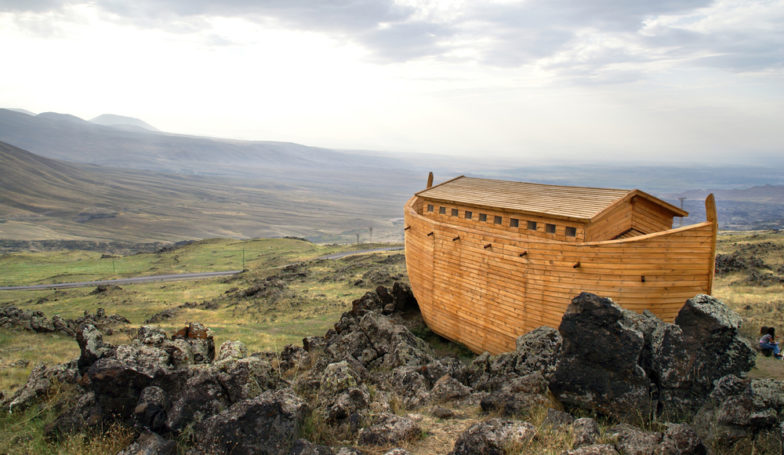Exploding Stars Drive Diversity of Life on Earth
Astronomical events can dramatically affect life on Earth. For instance, it is well-established that a large meteor impact emanating from the solar system wiped out the dinosaurs (and many other species) about 65 million years ago. Yet, even more-distant processes may play a larger role in explaining the history and diversity of life on Earth.
As the Sun orbits the Milky Way Galaxy (MWG), it periodically passes through the spiral arms (long, thin regions of stars). These passages bring the solar system into closer contact with newly formed clusters of stars where the lives of the most massive stars end in a spectacular supernova event. The enormous energy liberated in a supernova increases the number of cosmic rays in the immediate vicinity. Consequently, as the Sun passes near these clusters, the flux of cosmic rays hitting the top of Earth’s atmosphere also increases. According to one Danish scientist, the history of Earth’s marine life correlates well with past increases of cosmic rays.1
As cosmic rays interact with the atmosphere they make negative ions that, in turn, produce aerosols. Aerosols form nucleation sites where drops of water condense, so the cosmic rays result in cloud formation. Over thousands of years, this cycle cooled the planet because clouds reflect sunlight back into space.
The ages of open star clusters in the vicinity of the Sun provide a proxy for the changes in the cosmic ray flux hitting Earth. Similarly, scientists use the ratio of two oxygen isotopes to infer past temperatures. Comparing the cosmic ray flux (inflow) to the temperature over the past 500 million years shows a strong correlation between the two, where an increased cosmic ray flux corresponds to lower global temperatures.
This work derives apologetic significance from how this correlation fits the geological eras in Earth’s history and the distinct types of animals that inhabited the planet. Specifically, the local supernovae rate (along with the effects of plate tectonics on sea levels) seems to explain the diversity of marine life over the past 500 million years.
The more scientists learn about the history of life on Earth, the more it appears that any good explanation of that history requires accounting for numerous biological, geological, and astronomical effects. While this study shows how supernova rates affect marine biodiversity, others demonstrate how bacteria affect the water cycle and the atmosphere, and how tectonic activity affects the longevity of water on a planet.
It is provocative that the biblical description of Earth’s history (in Genesis 1) also includes these scientific categories. Creation days one and four relate to astronomical objects (light, Sun, Moon) and atmospheric changes. Days two and five describe changes in Earth’s water cycle and the organisms that populate the oceans. Days three and six highlight tectonic processes (formation of land) and the animals that flourish on land. Such consonance in the biblical and scientific descriptions of Earth’s habitability illustrates how the astronomical, biological and geological events happened in a highly orchestrated way in order to produce the thriving and diverse population of life on Earth today.
Endnotes
- Henrik Svensmark, “Evidence of Nearby Supernovae Affecting Life on Earth,” Monthly Notices of the Royal Astronomical Society, 423 (June 2012): 1234–53.




